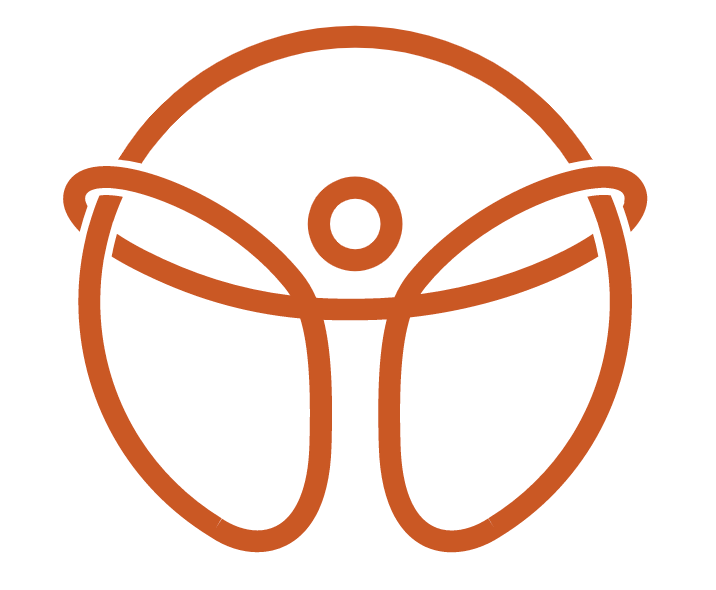Shoulder Impingement in Swimmers: How we diagnoses and manage
Shoulder impingement is a common injury in swimmers, caused by repeated overhead motion. Strokes like freestyle, butterfly, and backstroke demand high levels of shoulder mobility and control. Over time, this repetitive movement can lead to compression of the tendons or bursa within the subacromial space—resulting in pain, inflammation, and decreased performance.
Typical symptoms include:
A dull ache in the front or side of the shoulder
Pain during or after swimming, especially overhead strokes
Weakness or restricted range of motion
Why It Happens
Swimmers often develop shoulder impingement due to:
Poor posture or thoracic mobility
Muscular imbalances
Overtraining without recovery
Improper stroke mechanics
How Chiropractic Care at MVMT STL Can Help
At MVMT STL, we take a comprehensive, sports-focused approach to shoulder pain. Our goal is not just symptom relief—but restoring healthy joint mechanics, improving tissue function, and getting you back to full performance.
Here’s how we address shoulder impingement in swimmers:
1. Diagnostic Ultrasound
We use point-of-care diagnostic ultrasound to evaluate the shoulder dynamically. By having the patient actively move into the painful position, we can observe how the tissues behave in real-time—identifying narrowing of the subacromial space or inflammation around tendons. This provides a precise and immediate diagnosis without the need for advanced imaging referrals.
2. Active Release Technique (ART)
ART helps break up adhesions and scar tissue in overused muscles like the rotator cuff, deltoid, and scapular stabilizers. By restoring normal tissue motion, we relieve impingement and improve shoulder mechanics.
3. Chiropractic Adjustments
Many swimmers develop restricted thoracic spine and scapulothoracic movement. Gentle chiropractic adjustments to the upper back and shoulder girdle help restore full mobility—supporting proper overhead mechanics and posture.
4. Dry Needling
Trigger points in the rotator cuff or surrounding muscles can contribute to pain and altered movement patterns. Dry needling reduces muscle tightness and promotes healing by stimulating blood flow and decreasing inflammation.
5. Shockwave Therapy
For chronic cases or calcific tendon issues, we use shockwave therapy to stimulate tissue regeneration. This non-invasive modality can be effective where traditional treatments have failed.
6. Therapeutic Rehab
No treatment plan is complete without rehab. We design custom programs to:
Strengthen the rotator cuff
Improve scapular stability
Enhance neuromuscular control
Rebuild endurance
We use resistance bands, controlled eccentrics, and postural drills to build long-term resilience.
Swim Strong, Pain-Free
Don’t let shoulder pain keep you out of the pool. With the right care, shoulder impingement is very treatable. At MVMT STL, our blend of diagnostic precision and hands-on treatment gives swimmers a clear path to recovery.
Schedule your appointment today and get back to swimming stronger than ever.

